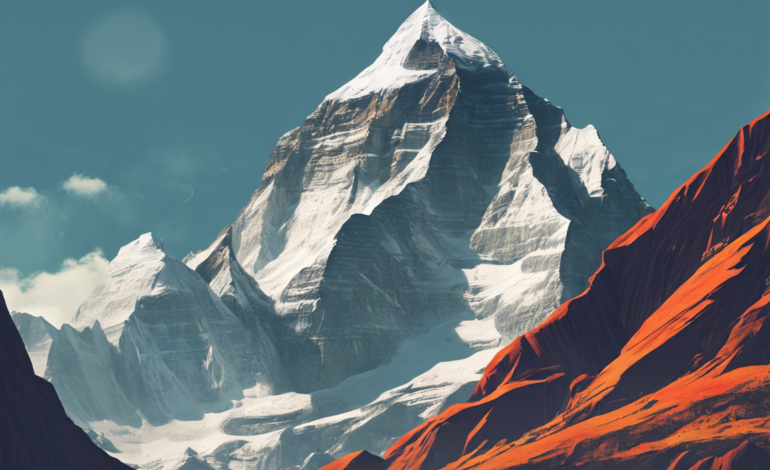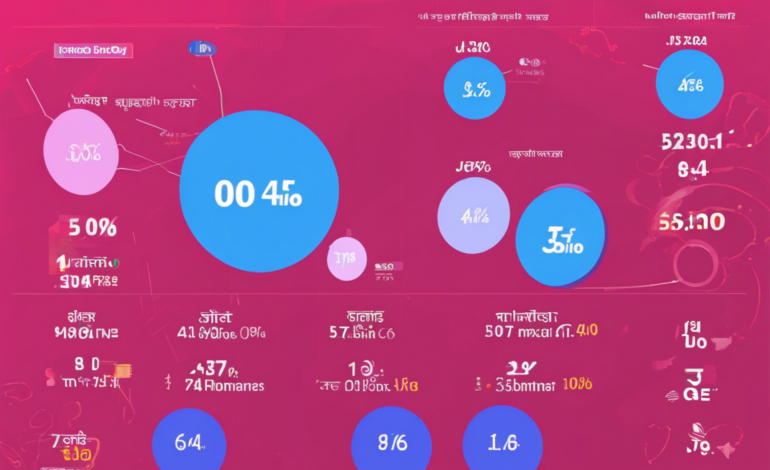
Discover the Mysteries of Kailash Parvat
In the majestic land of Tibet, amidst the stunning Himalayan mountain range, lies a peak that has captivated the hearts and minds of spiritual seekers, adventurers, and curious souls for centuries – Mount Kailash. Revered by Hindus, Buddhists, Jains, and followers of Bon religion, Mount Kailash holds profound spiritual significance and is considered the abode of Lord Shiva, the destroyer and transformer in Hindu mythology.
A Sacred Pilgrimage
For millions of Hindus worldwide, embarking on the Kailash Mansarovar Yatra is a once-in-a-lifetime spiritual journey. The 52-kilometer Parikrama (circumambulation) around the sacred mountain is believed to cleanse the soul of all sins and bring spiritual liberation. Devotees believe that a single circumambulation erases the sins of a lifetime, while 108 circumambulations guarantee enlightenment.
Geological and Cultural Significance
While Mount Kailash’s spiritual significance is paramount, its geological marvels are equally awe-inspiring. The mountain is a part of the Transhimalaya Range and is considered a significant source of four of the longest rivers in Asia – the Indus, the Brahmaputra, the Sutlej, and the Karnali. Its solitary peak rising dramatically from the Tibetan Plateau adds to its allure.
The Enigmatic Unclimbed Peak
Despite its relatively moderate height at 6,638 meters, Mount Kailash has never been summited. Climbing the mountain is forbidden as per religious beliefs, and those who have attempted to do so have faced insurmountable challenges and setbacks. The awe-inspiring beauty and spiritual reverence associated with the peak have led to its status as an unclimbed sacred summit.
The Mythical Significance
According to Hindu mythology, Mount Kailash is the center of the universe, the axis mundi connecting heaven and Earth. It is believed that Lord Shiva resides atop the peak with his consort, Goddess Parvati. The mountain also finds mention in other ancient texts like the Ramayana and the Mahabharata, adding to its mystique.
Mysterious Phenomena
Mount Kailash is also associated with various mysterious phenomena that defy scientific explanation. From reported sightings of UFOs hovering around the peak to the belief that the mountain is a gateway to another dimension, the mysteries surrounding Mount Kailash continue to intrigue and fascinate researchers and enthusiasts alike.
The Spiritual Practice
For spiritual seekers and yogis, Mount Kailash is considered a potent energy center. Meditating in the vicinity of the sacred peak is said to accelerate spiritual growth and lead to profound insights. Many seekers undertake solitary retreats in the caves surrounding the mountain, seeking enlightenment and a deeper connection with the divine.
Trekking and Exploration
For adventure enthusiasts and nature lovers, the region around Mount Kailash offers unparalleled trekking opportunities. The rugged terrain, pristine lakes, and breathtaking vistas make it a haven for trekkers looking to challenge themselves amidst awe-inspiring natural beauty.
Preservation and Conservation
Given its immense cultural and ecological significance, efforts are underway to protect and preserve the pristine beauty of Mount Kailash and its surrounding region. Sustainable tourism practices, eco-friendly initiatives, and the promotion of responsible travel are essential to ensure that future generations can continue to marvel at the wonders of this sacred peak.
Conclusion
Mount Kailash stands as a timeless symbol of spiritual reverence, natural beauty, and cultural heritage. Its enigmatic aura continues to beckon the curious and the faithful alike, inviting them to unravel its mysteries and bask in its divine presence. Visiting Mount Kailash is not just a physical journey but a profound inner quest, a pilgrimage of the soul that leaves an indelible mark on all who undertake it.
Frequently Asked Questions (FAQs)
-
Is it possible to climb Mount Kailash?
Climbing Mount Kailash is strictly prohibited due to its sacred status in Hindu, Buddhist, Jain, and Bon religions. -
What is the best time to visit Mount Kailash?
The ideal time to visit Mount Kailash is during the summer months from May to September when the weather is relatively mild. -
How difficult is the Kailash Parikrama?
The Kailash Parikrama, or circumambulation, is a challenging trek that takes around 3 days to complete. It involves high altitudes and rugged terrain. -
Are there any tour operators that organize the Kailash Mansarovar Yatra?
Yes, there are several tour operators that offer guided tours for the Kailash Mansarovar Yatra, taking care of logistics and permits. -
What permits are required to visit Mount Kailash?
Foreign travelers need to obtain permits from the Chinese government to visit Mount Kailash and the surrounding region. -
Is it possible to do the Kailash Parikrama by helicopter?
Yes, there are helicopter tours available for those who are unable to do the trek on foot. However, walking the Parikrama is considered more spiritually significant. -
What should I pack for a trip to Mount Kailash?
Essential items include warm clothing, sturdy hiking boots, sunscreen, sunglasses, a hat, water bottles, and basic medical supplies. -
Are there any guesthouses or accommodations near Mount Kailash?
Basic guesthouses and lodges are available in the towns surrounding Mount Kailash, but facilities may be limited, especially in remote areas. -
Is it safe to travel to Mount Kailash?
While the region is generally safe for travelers, it is essential to acclimatize to the high altitude, be prepared for variable weather conditions, and follow all safety guidelines. -
What is the significance of Lake Mansarovar in relation to Mount Kailash?
Lake Mansarovar, located near Mount Kailash, is considered one of the holiest lakes in Hindu and Buddhist mythology. It is believed to wash away sins and grant spiritual purification to those who bathe in its sacred waters.





